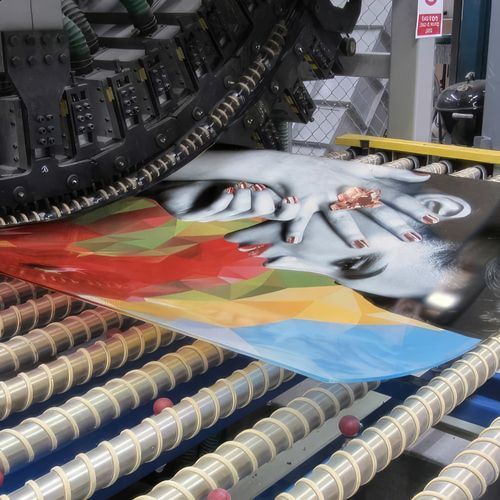Decorative Glass
- Decorative glass is a strikingly beautiful building material that draws the eye to unique physical structures and statement pieces. It undergoes different treatments to create ornamental effects that add to aesthetics and functionality of a building. Apart from wall applications, it can also be used to create stained glass windows. ArchiPro offers a versatile range of unique decorative glass options with stained, textured or curved glass for all types of architectural projects.Why ArchiPro?
No more endless searching -
Everything you need, all in one place.Real projects, real experts -
Work with vetted architects, designers, and suppliers.Designed for Australia -
Projects, products, and professionals that meet local standards.From inspiration to reality -
Find your style and connect with the experts behind it.Start your Project
Start you project with a free account to unlock features designed to help you simplify your building project.
Learn MoreBecome a Pro
Showcase your business on ArchiPro and join industry leading brands showcasing their products and expertise.
Learn More
